If your social strategy is struggling, maybe it’s time to try something different.
As far as I can tell, there are three schools of thought when it comes to developing a social media marketing strategy.
The first is a focus on using the latest new tactics available. The reality of the social media marketing landscape is that there are plenty of businesses that subscribe to this ideology.
Businesses like Marketing Land revolve their entire content strategy around tackling every change in the industry and turning it into something valuable for their audiences.
And can you blame them? When the industry seems to unanimously support a new tactic, it’s easy to assume that your strategy needs an upgrade.
The second school of thought operates on the opposite end of that spectrum. Instead of focusing on what’s new and exciting, these businesses work using tried-and-true methods that have been proven to work over and over again.
Novelty is nice, but these brands care more about being able to look at data and point to exactly what makes their tactic valuable.
A perfect example of this is the content that Buffer produces.
While they’re certainly able to draw inspiration from current events, they’re more than willing to focus on specific, relevant topics that go beyond the scope of recent trends.
Each approach definitely has its perks.
When it comes to the first ideology, having a focus on novelty means that your social media strategy is constantly evolving to address the changing social media marketing landscape.
But the second ideology offers a reliable result day after day. While it may not be nearly as sexy or exciting, there’s no getting around the fact that it gets results.
Both of these styles have their ups and downs. But I actually don’t want to discuss these today.
No, I want to talk about the third school of thought, one that often gets lost in a sea of social media marketing strategies.
The ideology I want to focus on today is one that revolves around identifying unique, underutilized tactics and incorporating them into your social media strategy.
At this point, some of you might be wondering why any business would use this as the foundation for their social media strategy.
The answer is that while it may not revolve around the latest toys or the most common social media marketing practices, underutilized tactics can give your brand a major advantage.
The reason why is pretty obvious. If there’s a social media marketing tactic that’s being undervalued, it puts your business in a unique position to make the most out of it.
The problem with both the previous schools of thought is that most of the tactics that you’ll be using are also being used by most of your competition.
There’s nothing inherently wrong with this, of course. But you have to admit that it’s harder to stand out on social media when you’re doing exactly what 10 other businesses in your industry have done.
So, in an effort to develop a social media strategy that actually switches things up and generates results, we’re going to be looking at some of the most undervalued tactics in the industry today.
By the end of this article, you’ll have a list of five tactics that aren’t just effective, but that are also completely underrated and just waiting for your brand to take advantage of them.
Sound good? Great.
With that out of the way, let’s dive right into the first tactic, which is all about making the most out of your social media platforms.
Embrace Facebook Groups and Twitter Lists
If you’re new to the world of social media marketing, or if you’ve never bothered to investigate every corner of Facebook and Twitter, you may not be aware of these features.
For those of you who fall into that category, here’s a brief overview of these features and how they operate.
What you’re essentially looking at when you see Facebook Groups and Twitter Lists is a series of community spaces for people who are interested in the content your brand or industry produces.
Of course, the question at this point becomes, “Well, isn’t that what my social media account is for?”
Well, yes and no.
It’s true that the people who follow you on social media are definitely interested in your brand. The issue is that you don’t really know to what degree they’re invested in you.
Having plenty of followers is nice, but there’s no guarantee that a high follower count is going to mean that your engagement is equally high.
You could easily have ghost followers or people who want to unfollow you but just haven’t gotten around to it yet.
Your social media accounts are a pretty solid starting point, but if you want to ensure that your social strategy is as effective as possible, you need to figure out how to maximize engagement.
Here’s how I tackle social media marketing tactics like Facebook Groups and Twitter Lists.
First, let’s take a look at Facebook Groups.
Your social media presence is, to put it simply, at its strongest when it operates like a community space. It’s all about socializing, right?
Using your Facebook account to post updates on your latest product is cool, but do you know what’s even better?
Creating an environment where your followers can communicate with you and the rest of your followers to discuss innovation in the industry, new products, and general thoughts and ideas.
It’s a simple solution to the problem of how to inject humanity into your marketing efforts and it has the added bonus of resulting in increased engagement.
And all of that sounds great, but what the heck does it look like in action?!
Well, Facebook Groups like Entrepreneurs Only are easily the most popular out of these two options.
Considering the fact that the average person commonly uses this tool to do things like alert their friends to a new phone number, it’s hardly an unknown tool.
That being said, it’s still being criminally underutilized by brands.
If your business can learn to take advantage of Facebook Groups, you’ll be one step ahead of your competition when it comes to establishing a community space.
First, what should your group be about?
To determine this, just work based on your buyer personas. If you haven’t made those for whatever reason, now is the time to start.
Determine the common threads between members of your audience. If they’re following you, what else must they be interested in?
If you’re really struggling with this part, you can take some time to analyze what’s happening in your industry by searching keywords on Facebook and seeing which Groups pop up.
If you’re trying to create a community for people who identify as entrepreneurs, go ahead and see what the biggest Facebook Groups are discussing.
This actually brings me to my second point, which is that not only can you build a Facebook Group to interact with your audience on social media, but you can interact with other Groups, as well.
Those major entrepreneur Groups on Facebook that you were just using for inspiration? There’s no reason you can’t join them and be a part of a group of thousands of like-minded individuals.
The beauty of this tactic is that your target demographic has already been gathered up for you in one place.
Typically, members of these Groups are significantly more interested in your industry than the average follower and they’re more willing to appreciate the expertise you can bring to the table.
And yes, you should be presenting your expertise in these Groups.
Make no mistake. These communities will sense your flimsy self-promotion, so limit your behavior to that of providing value via discussion.
Aside from making for a much more natural social media experience, it manages to keep the focus on meaningful engagement.
Twitter Lists, while similar, tend to have a lower rate of use when compared to Facebook Groups.
Here’s a look at Mashable’s ‘Mashable Staff’ List, which is one of the biggest Lists in the tech space on Twitter.
But just because they’re not as widely used doesn’t mean that you can’t make the most of them.
Twitter Lists also operate as dedicated community spaces with an emphasis on curated content.
Your approach when researching Twitter Lists is going to have to be a bit different than when you researched Facebook Groups since there’s no defined ‘Lists’ section on Twitter.
Fortunately, there’s still a way for you to find industry-specific Lists on Twitter.
All you have to do is head to Google and type ‘site:twitter.com,’ followed by the industry or interest you’re trying to find in quotation marks. Then, just write ‘list’ at the end and you’re all set.
After you’ve done that, you’ll be shown a series of lists that you can instantly dive into.
These tools may not seem like much to the untrained eye, but the reality is that the ability to create an environment for your most vocal followers can do wonders for your brand loyalty.
Write longer posts
It’s easy to see why people are so scared of producing longer posts.
Even if you have plenty to say on a topic you’re passionate about, there’s always that fear that people will get bored reading your content.
None of this is helped by the fact that people love referencing the seemingly disappearing attention span of the average person.
First off, that statistic we’re always hearing about? The one that says that we have a shorter attention span than a goldfish? Totally untrue. There’s no tangible data that supports that claim.
It’s really just an unfortunate side effect of people trying to oversimplify a shift in culture that seems like it threatens our ability to critically think.
And sure, the way that people consume information is changing. But it’s not like people are losing the capacity to be entertained by or engrossed in a compelling piece of content.
The average person isn’t less focused — they’re just less willing to focus on boring content.
Don’t believe me? Consider the now infamous study that’s credited with the goldfish ‘statistic’ that Microsoft conducted way back in 2015.
First off, it’s worth noting that a quick Google search shows that Microsoft removed the study from the Internet more or less completely.
Why? Probably because they were tired of being a reference for a baseless claim.
Right off the bat, it’s worth pointing out that Microsoft themselves never actually said that people had shorter attention spans than goldfish.
What they did say was that human attention spans seemed to be reducing, with a 112-second attention span in 2000 versus an 8-second attention span in 2013.
On paper, that puts us under the 9-second attention span of a goldfish.
Except there’s just one small problem with this. If you go through the rest of the research Microsoft did, you’ll see that the risk for distraction was directly correlated to a boring task.
They were essentially asking people to identify and respond to a pattern of letters. I don’t know about you, but I don’t think that qualifies as particularly engaging.
If your social media marketing strategy revolves around creating boring content, then yes, expect your audience to have a shortened attention span.
But it’s not because they can’t focus. It’s because they have no reason to.
In fact, that very same report actually goes on to say that “tech savvy consumers are actually getting better at processing information and encoding that information to memory.”
Why do I bring all this up? Because we need to destroy the myth that you can’t afford to explore complex ideas in your content for fear that you might lose the attention of your audience.
The online consumer doesn’t fear complexity. Long-tail searches are increasing in popularity every day. What consumers won’t tolerate is content that’s boring.
So, instead of stressing out over making sure that your posts are under 500 words, start focusing on the creation of compelling, long-form content.
That’s right, I’m talking 2,000-word posts at a minimum.
I know, I know. Easier said than done, right?
Well, first here are a few reasons why you should give it a chance:
- When you do plenty of research, you save your audience the time they would’ve spent looking for all that information themselves.
- The backlinks and organic traffic you’ll get from Google alone are going to increase the lifespan of your content.
- If all of your competitors are posting content on social that’s in the 500-word range, you’ll definitely stand out with your 2,000+-word content.
And to be clear, this isn’t something I’m just saying because it happens to work for this article. I live and die by the idea that long-form content can do wonders for your social media presence.
Just take a look at the content I produce on this site. I can’t remember the last time that I wrote a post that was under 2,000 words, and that’s not by accident.
I make the production of long-form content a priority because I fully understand the power it has to provide tangible, meaningful value to you guys.
I could show you example after example of brands and businesses that have experienced success via this strategy, starting with my own.
Every article you see above is over 2,000 words long, with plenty of images and video links to add even more depth to the reader’s experience.
But the most important thing to remember throughout all of this is that the content you create and promote needs to provide actual value to your audience.
Being concise is good but being valuable is even better.
Conclusion
The social media marketing scene isn’t exactly known for being a static environment.
Tactics, strategies and ideologies can seemingly change overnight.
And if you’re constantly trying to keep up with the latest trends, or if you’re afraid to venture out and try something new, you’ll be missing out on the opportunity to stand out in your industry.
Particularly as a small business, you need to do everything in your power to identify marketing tools and tactics that are being undervalued or underutilized and take full advantage of them.
Take the time to learn the ins and outs of the social media platforms you use. There are plenty of powerful business tools hidden in plain sight that you can use to maximize your engagement.
Ditch the marketing myths and learn to embrace the creation of long-form, complex content. Not only is it more likely to be valuable to your audience, but it’ll also help you stand out.
If you’re willing to think outside the box and embrace these unique strategies and tactics, there’s no telling what you’ll be able to accomplish on social media.
What’s the most unusual marketing tactic that you’ve had success with on social media?

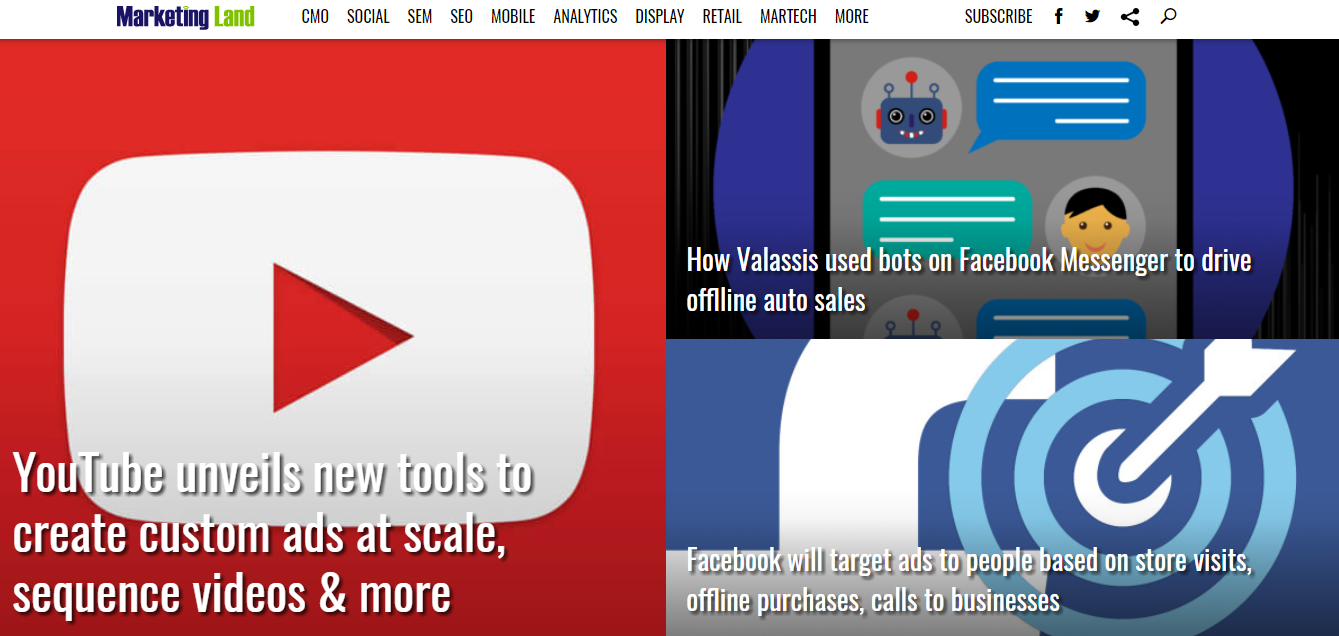
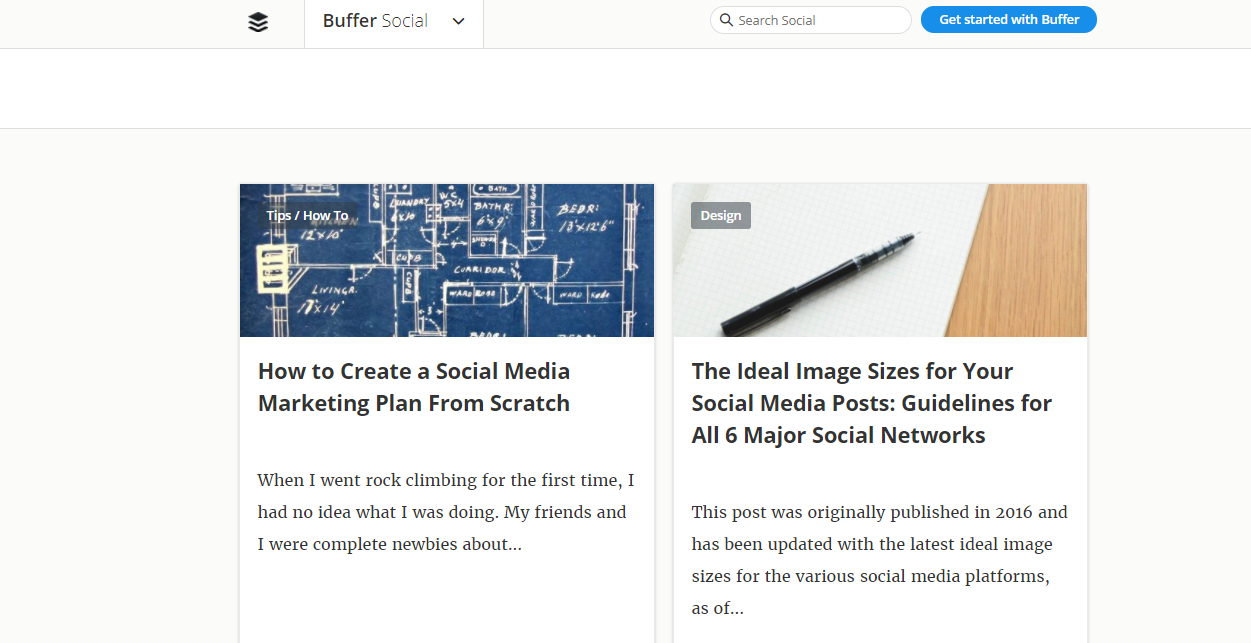

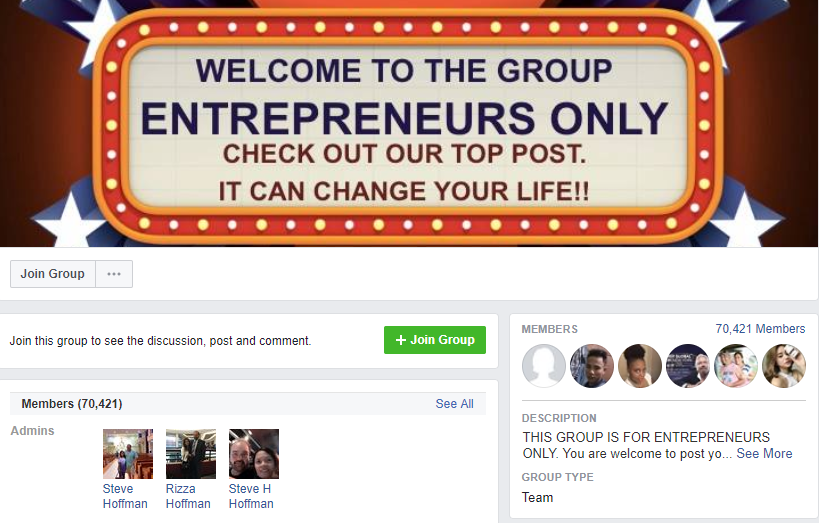
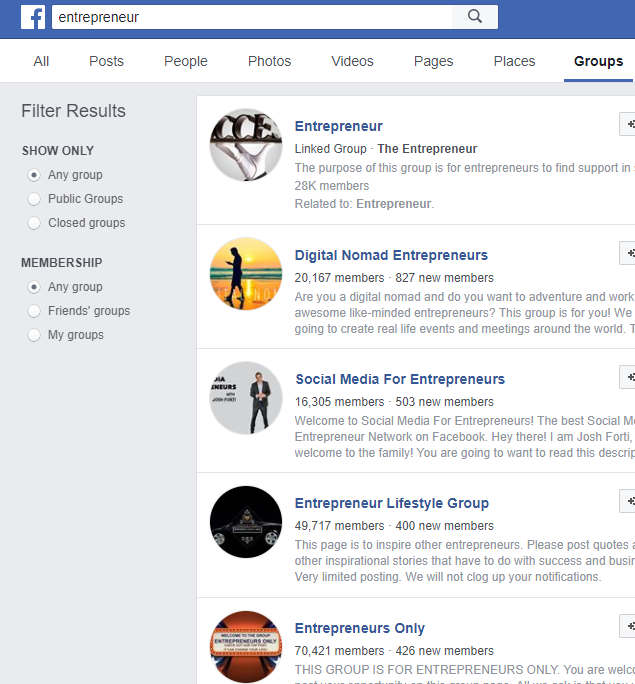
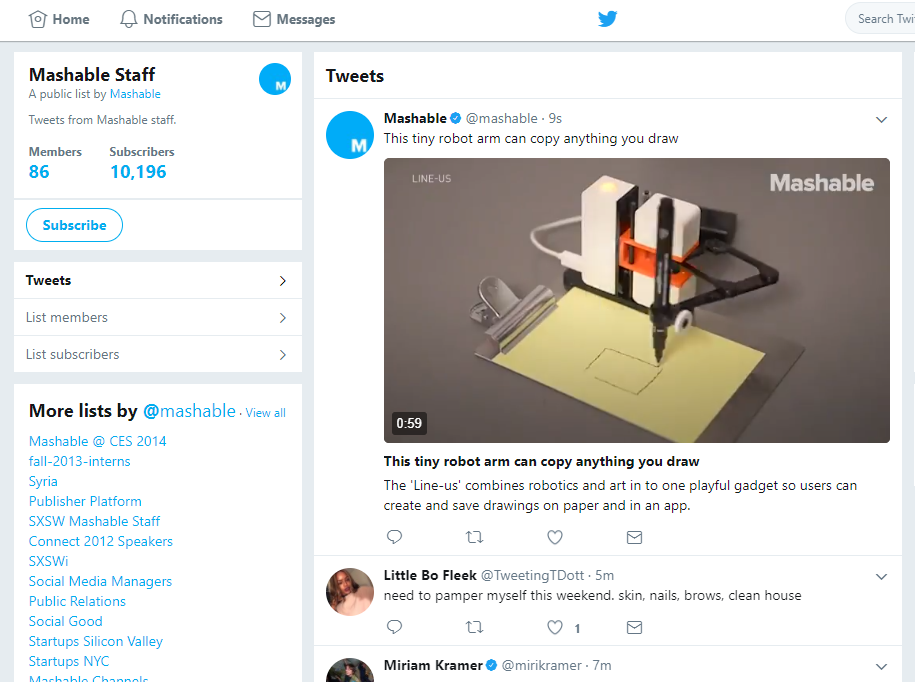
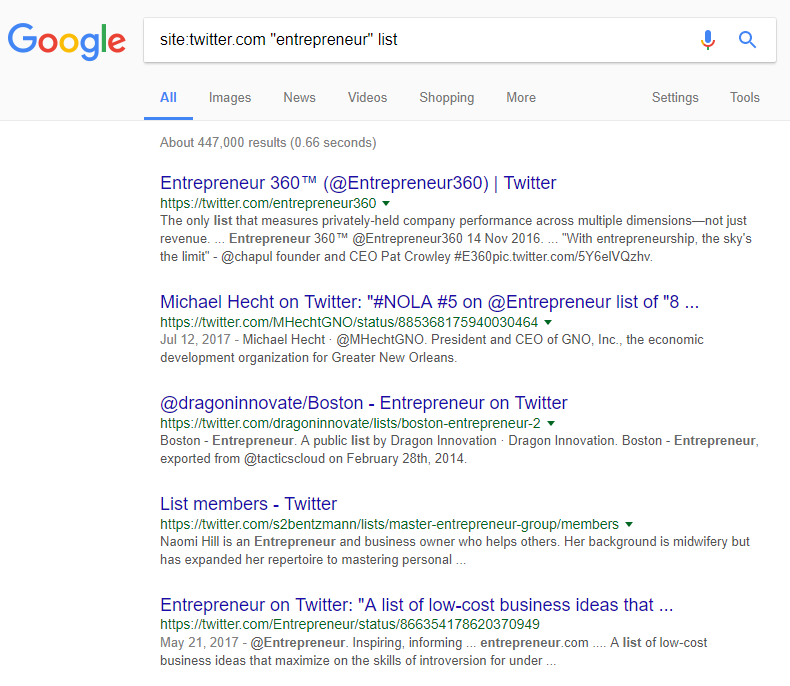



Comments (12)